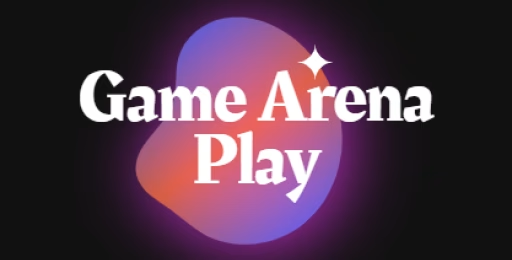Enter the World of Tangled Knots (~250 words)
-
Paint a vivid picture of the game’s immersive world.
-
Include a mini anecdote: “Imagine staring at a particularly twisted knot at 2 AM…”
-
Explain why players are drawn to puzzle-solving games.
-
Transition: “Now that you’re hooked, let’s break down the core mechanics that make Tangled Knots so addictive.”
Understanding the Mechanics (~300 words)
-
Expand on tap/click controls.
-
Explain drag-and-drop precision with examples.
-
Include a table:
| Action | Effect | Tip |
|---|---|---|
| Tap | Select rope segment | Take your time |
| Drag | Move rope | Avoid overlaps |
| Undo | Reverse last move | Helps plan ahead |
-
Explain move limits and how they influence strategy.
-
Transition: “With the basics covered, the real challenge lies in crafting a winning strategy.”
Crafting Your Strategy (~300 words)
-
Describe planning 2–3 moves ahead in detail.
-
Include short stories: “I once thought I could solve Level 12 in one try…”
-
Offer practical tips with bullet points.
-
Include humorous dialogue: “Ever felt your brain tie itself into a knot instead?”
-
Transition: “As strategy grows, so does the complexity of each level.”
Level Progression and Challenges (~300 words)
-
Break down early, mid, and advanced levels.
-
Describe how visual changes signal increased difficulty.
-
Include an example of a particularly tricky level and step-by-step solving hints.
-
Transition: “But even the best strategies can fall prey to common mistakes…”
Common Mistakes to Avoid (~250 words)
-
Expand on pitfalls with real-life player examples.
-
Include numbered tips and funny anecdotes: “Don’t be like me—trying to untangle the same knot for 10 minutes straight!”
-
Transition: “Avoiding these mistakes is just one part of mastering Tangled Knots. Let’s move to pro tips.”
Tips and Tricks for Mastery (~300 words)
-
Expand with advanced strategies: prioritizing complex knots, zooming in, etc.
-
Include dialogue: “Here’s a trick I learned after countless retries…”
-
Add visual examples or tables where possible.
-
Transition: “Mastering moves is great, but the game’s charm also lies in its audiovisual experience.”
Visuals and Audio Experience (~250 words)
-
Describe animations, color schemes, and particle effects.
-
Include how sound cues guide players.
-
Suggest using ambient soundtrack for focus.
-
Transition: “While visuals draw you in, social features keep the game fun and engaging.”
Social and Competitive Elements (~250 words)
-
Discuss leaderboards, challenges with friends, and sharing achievements.
-
Include an anecdote: “I once challenged my friend to solve Level 15 faster than me…”
-
Provide tips for friendly competitions.
-
Transition: “Finally, let’s wrap up your journey and motivate you to become the ultimate untangler.”
Conclusion: Become the Ultimate Untangler (~250 words)
-
Summarize key points: mechanics, strategy, visuals, social aspects.
-
Direct appeal to the reader: “Are you ready to untangle the most intricate knots?”
-
Call to action: “Step into the world of Tangled Knots and let the adventure begin!”
For Your Social
#TangledKnots #PuzzleGame #BrainTeasers #MindChallenge #StrategyGames #CasualGaming #PuzzleAdventure #UntangleRopes #GamingTips #RelaxAndPlay
